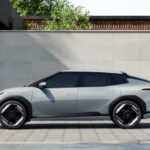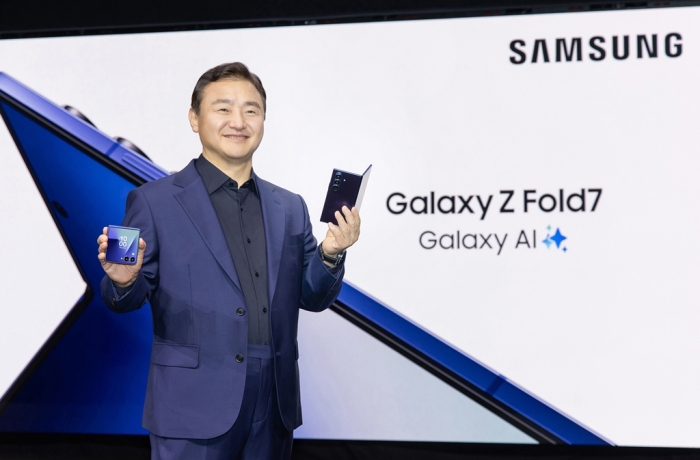
NEW YORK – Samsung Electronics Co. has unveiled its slimmest and most powerful foldable smartphones yet, loading them with artificial intelligence tools and larger displays in a bold attempt to consolidate its lead in the foldables market and lift flagging mobile revenue.
At its Galaxy Unpacked 2025 event in Brooklyn, New York, on Wednesday, the South Korean tech giant debuted the Galaxy Z Fold7 and Z Flip7, alongside its latest smartwatch Watch8.
The company said the Fold7 is 25% thinner and 10% lighter than its predecessor, with a folded thickness of 8.9 millimeters and a weight of 215 grams. Its display, now spanning 203.1 mm diagonally when unfolded, is 11% larger.

The Flip7 also saw a slimmer build – 13.7 mm when folded, down from 14.9 mm – and a larger main screen, now measuring 174.1 mm.
“The larger display enables a true multitasking experience, like watching Netflix while chatting on KakaoTalk,” said a Samsung executive.
REIGNITE INTEREST IN FOLDABLE LINE
The upgrades are part of Samsung’s plan to reignite interest in its foldable line, which accounted for just 2.8% of its total smartphone sales last year.
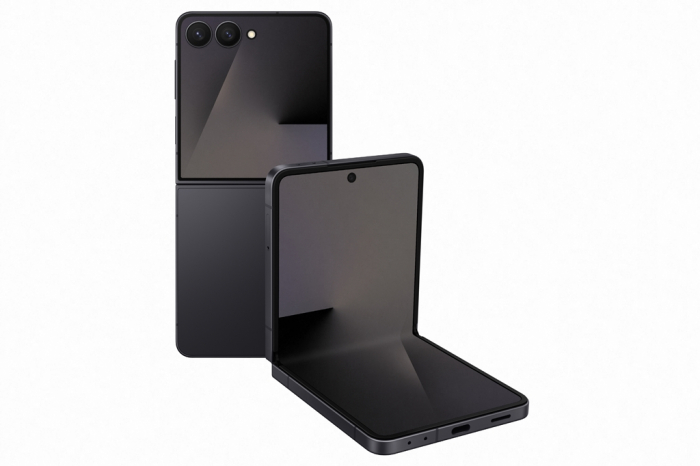
Critics pointed to bulkiness and poor portability as key reasons for consumer hesitation.
In response, Samsung launched an “ultra-thin foldable” development initiative last year, culminating in the current models, company officials said.
“With groundbreaking design and powerful AI, the Z Fold series will deliver an evolved foldable experience for users,” said TM Roh, head of Samsung’s Mobile Experience Business Division.
The Fold7 features a 200-megapixel wide camera and a new generative AI-based “ProVisual Engine,” which automatically enhances image and video quality, even in low-light settings.
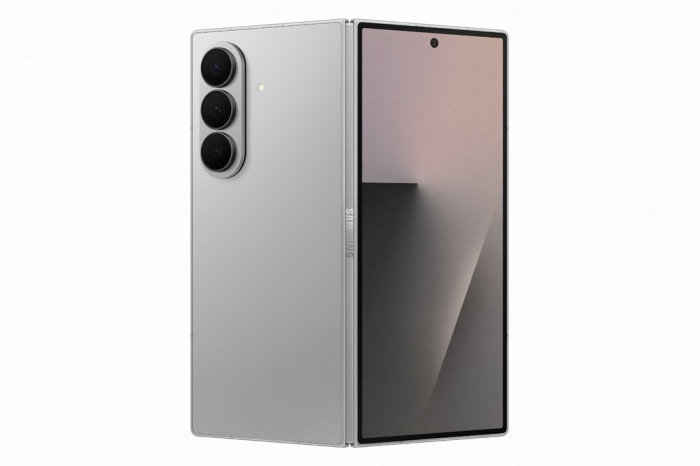
Durability, a perennial concern for foldables, has also improved thanks to an “Armor Flex Hinge” that disperses impact more evenly when folding.
Both devices run on Qualcomm’s Snapdragon 8 Gen 3 for Galaxy, with neural processing performance boosted by 41% over the previous generation. CPU and GPU gains were 38% and 26%, respectively, according to Samsung.
Samsung has also brought its DeX platform, previously exclusive to Fold models, to the Flip7 for the first time, allowing the device to serve as a desktop computer when paired with an external monitor and keyboard.
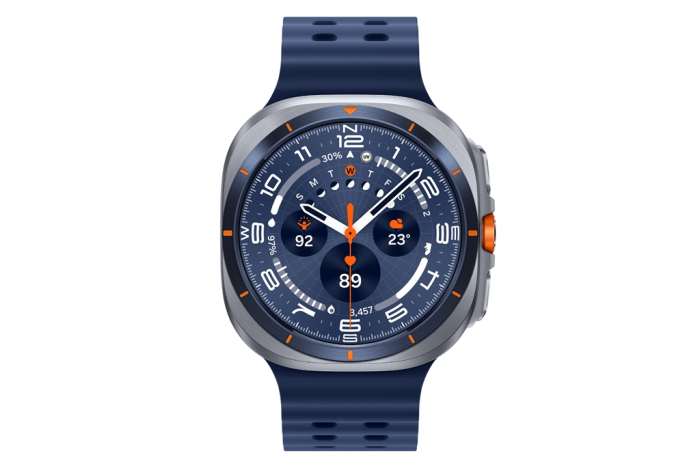
A POTENTIAL LIFELINE IN A TOUGH YEAR
The launch comes at a crucial time for Samsung.
The world’s largest memory chipmaker has seen profits hurt by the semiconductor downturn and is now turning to its mobile division for support.
Analysts say the foldables could become a key growth driver in the second half of the year.
According to Deloitte, AI-enabled smartphones will make up over 30% of global shipments by year-end, creating a window for Samsung to win back market share in the premium segment, still dominated by Apple.
Yet, Chinese rivals are closing in fast.
Samsung retained the top spot in global foldable shipments in 2024 with a 32.9% share, according to IDC.

However, Chinese firms such as Huawei, Lenovo, Honor and Vivo are rapidly gaining ground. The four smartphone makers’ market shares were 23.1%, 17%, 10.4% and 5.3%, respectively.
Oppo, another Chinese phone maker, has launched a rival model, Find N5, which is 8.93 mm.
Still, Samsung may have a head start.
Apple is not expected to release its first foldable until late 2026, giving Samsung time to expand its user base.
US export controls on Chinese tech could also drive up iPhone production costs, playing to Samsung’s advantage, analysts said.
Apple relies heavily on China for manufacturing.
Samsung’s US market share rose to 25% in the first quarter from 18% in the previous quarter, according to Counterpoint Research.
By Shin-Young Park
nyusos@hankyung.com
In-Soo Nam edited this article.





